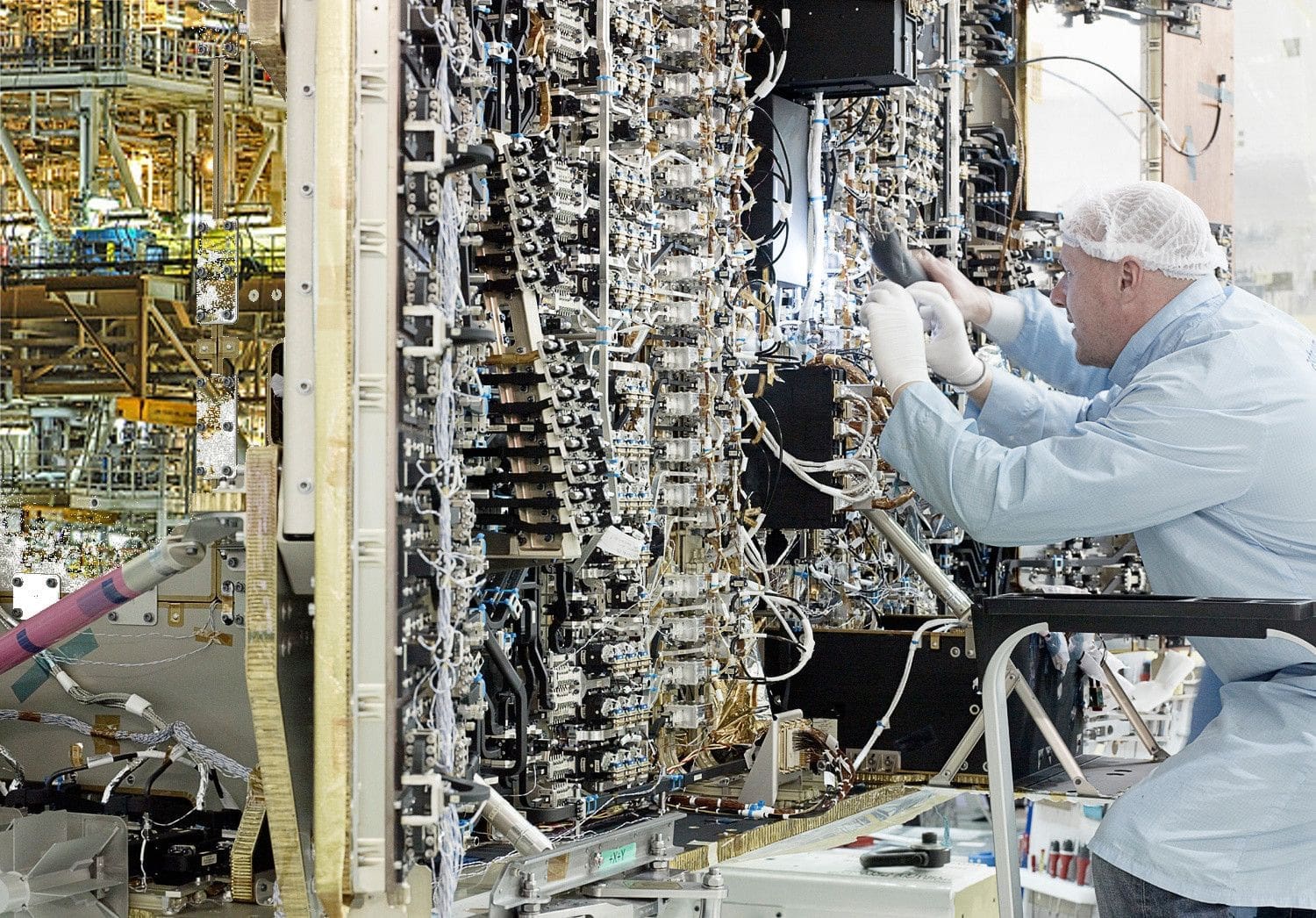
The deployment of mega-constellations and small sats and their new usage model based on reconfigurability on the fly during the life of the vehicle is driving a change in how they are designed.
In this 3-part series, we will look at how adaptive configurability using programmable SoC’s becomes the tool of choice in the repertoire of system designers to speed up design and qualification of LEO satellites:
Evolution of Control Systems in Satellites
The current systems using discrete solutions for common measurement and control applications or small FPGA/ASIC solutions for real time applications that are cumbersome and vulnerable to failure can now be replaced by a singular, highly configurable SoC.
Avalanche’s Space Grade SoC Architecture
How a single programmable SoC can replace numerous functions and offer a “future proof” design capable of in-orbit upgrade and optimized SWAP-C (size, weight, power and cost).
SWAP-C Optimization Made Possible by Blizzard RT-SoC
Not only does the board-level Size, Weight, Power and Cost (SWAP-C) profile improve by using Avalanche’s Blizzard SoC, system designers can also appreciate the benefits of overall system level reuse of a cost effective, flexible SoC platform, with implications to design, test, qualification and more scalable capability in flight.
We’ve previously discussed the second golden age of space enabled by visionary entrepreneurs who sought to democratize space with disruptive innovations such as reusable launch vehicles, small sats and a business model that significantly lowers the cost of entry. Often called “New Space”, these dynamics have resulted in an explosion of investment to modernize space-targeted technology for commercial and national security purposes alike, further fueling the need for novel space-worthy processing platforms to support scalable system capability, new sensors and the emerging space datacenter ecosystem. Now we pivot and look at one of the next enablers of key advancements in these areas, a Space Grade System on a Chip (SoC) that is flexible and reconfigurable, particularly useful in distributed architectures.
By extending this notion of democratizing space to advanced chip-level solutions including an affordable space worthy Radiation Tolerant (RT) SoC, the ripple through implications are significant, enabling greatly accelerated design cycles required for this “New Space” wave. When combined with the right level of functionality, a cost-effective RT-SoC such as Avalanche’s Blizzard family enables faster time to market, design flexibility and better system management in support of integration and SWAP-C (Size, Weight, Power and Cost) optimization. This novel architecture combines a RISC-V processor, embedded FPGA capability, programmable analog functions and Avalanche’s highly reliable MRAM (with the second-generation device), providing the ability to personalize the system as architectures evolve and mission requirements change during the satellite integration and even during in-orbit operation. This level of architectural agility allows better responsiveness to evolving needs and threats and as its SWAP-C optimized, is a viable candidate for use on every module or subsystem to drive faster integration and test, design simplification and cost reduction. Furthermore, it reduces design complexity and qualification costs, and with greater design reuse, also reduces the amount of ongoing design analysis, including layout redesign, worst case circuit analysis, part stress analysis, signal integrity analysis, and radiation analysis.
The continued Democratization of Space with the Blizzard RT SoC platform enables the space community to evolve and more closely resemble terrestrial architectures that have gone through multiple decades of optimization and cycles of learning. By supporting a more flexible and distributed processing architecture capable of gathering and analyzing a myriad of advanced sensors , it allows the centralized Single Board Computer to focus on AI and more autonomous functionality. It could replace current discrete solutions used for common measurement and control applications or small FPGA/ASIC solutions for real-time applications. Below is a subset of functions that the SoC could be tasked with as satellite architectures evolve:
This optimally integrated, capable and configurable platform enables a distributed architectural approach for cost effective module and subsystem design, integration, and test. By standardizing on a scalable platform that can address rapidly evolving needs, system developers can focus on innovating in new dimensions that are more application specific and in line with their value proposition.
In our next blog we will walk through the four main functional blocks of our RT SoC and talk about how each piece enables further evolution and proliferation of New Space satellite infrastructure.
